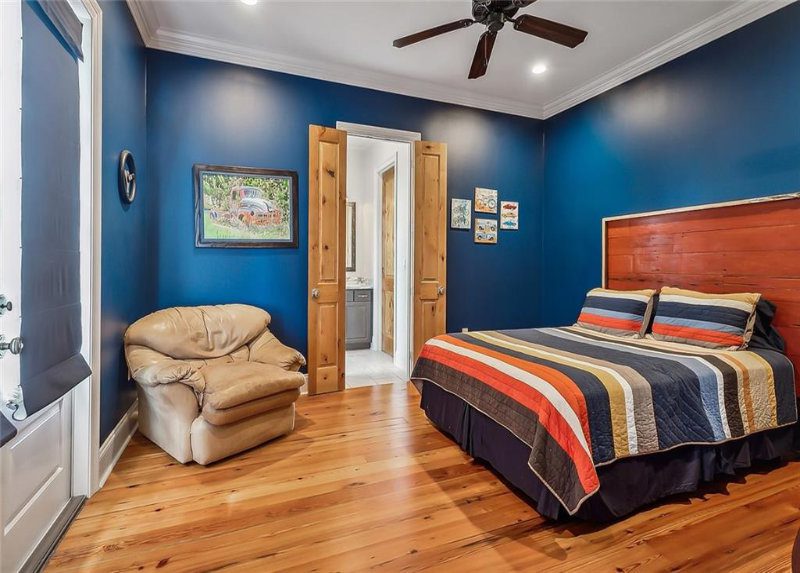How to Secure a Low Mortgage Rate in a Challenging Market
Scoring a low mortgage rate is crucial for many potential homebuyers, especially as homeownership becomes increasingly difficult to attain. According to the Mortgage Bankers Association (MBA), mortgage applications decreased by 2.3% for the week ending April 26, 2024.
“Inflation remains stubbornly high, which is convincing markets that rates, including mortgage rates, will stay higher for longer,” said Mike Fratantoni, MBA’s SVP and Chief Economist. “This is a significant challenge for the housing and mortgage markets, with the 30-year fixed mortgage rate rising to 7.29% last week, the highest level since November 2023.”
High mortgage rates are pushing buyers out of the market and causing some to back out of deals. Home purchase cancellation rates hit 16.3% in September 2023, the highest since October 2022, according to Redfin. It remains a tough market for first-time buyers, says Ralph DiBugnara, a senior vice president at Cardinal Financial.
“I’m seeing some buyers pull out of the market because they can no longer afford a home loan,” DiBugnara explains. “I’m also seeing more people getting cosigners and lowering their price range.”
Many buyers are reassessing whether it’s the right time to purchase a home. “A lot of buyers have moved to the sidelines and are taking a wait-and-see approach due to mortgage rate increases,” says Bill Gassett, a real estate agent with Re/Max in Hopkinton, Mass.
Tips for Securing a Low Mortgage Rate
If you’re looking to purchase a home in this market, these steps can help you secure a lower mortgage rate.
1. Increase Your Down Payment
To qualify for the lowest rates on a conventional loan backed by Fannie Mae or Freddie Mac, you’ll need a 20% down payment, says Melissa Cohn, a regional vice president at William Raveis Mortgage. “The bigger your down payment, the better the rate,” Cohn advises.
If you need help with a larger down payment, consider national and local down payment assistance programs. You can research eligibility for these programs at DownPaymentResource.com.
2. Raise Your Credit Score
To be eligible for the lowest mortgage rates on a conforming loan, you generally need a FICO score of 760 or higher, says John Ulzheimer, a credit expert. Raising your credit score by 20 points can potentially save you thousands on your mortgage.
You can get a free credit score estimate through your bank or credit card issuer, or from websites like Credit Sesame or Credit Karma. If your credit score needs improvement, steps such as paying down credit card debts can boost your score quickly.
“Paying down some of your credit card debts can yield a higher FICO score in as little as two weeks,” says Ulzheimer. A good rule of thumb is to keep your credit utilization ratio below 30%.
Check for errors on your credit report as well. “Make sure all the information on your report actually belongs to you,” advises Ulzheimer. “Identity theft can result in someone opening a credit card in your name and accumulating significant debt.”
3. Shop Around
Nearly half of consumers get only a single quote when applying for a mortgage, according to the Consumer Financial Protection Bureau. Shopping around can help you find a lower rate.
Get quotes from at least three lenders. Local lenders and credit unions often offer lower rates than big banks. You can also consider online lenders such as Rocket Mortgage. “You may get a different quote from each lender you speak to,” says Kushi.
A study by Freddie Mac found that borrowers who received two rate quotes during the high-interest months of October and November 2022 could have saved $600 annually. Borrowers who received at least four quotes could have saved more than $1,200 annually.
4. Consider an Adjustable-Rate Mortgage
Adjustable-rate mortgages (ARMs) developed a bad reputation after the 2008 housing market crash, but today’s ARMs have more protections. An ARM starts at a lower interest rate than a fixed-rate mortgage and adjusts based on market indexes after a specified period.
“I like adjustable-rate mortgages when borrowers understand them,” says DiBugnara. “If you have an exit strategy, an ARM can be a great product.” For instance, if you plan to sell your home in the next four years, a five-year ARM can save you thousands in interest.
A Redfin report from May 2022 noted that the typical homebuyer would save an average of $15,582 over five years by choosing a five-year ARM instead of a 30-year fixed-rate mortgage.
5. Lock in the Best Rate
If you qualify for a great interest rate, a mortgage rate lock allows you to secure it for a set period, typically 30, 45, or 60 days, from the time you receive a conditional loan offer to when you close on a home.
Many lenders offer a free 60-day rate lock, but you usually have to request it, says Jacob Channel, senior economist at LendingTree. However, if your financial status changes before you close on a home, your rate can still change.
Channel suggests buyers consider a “float-down” rate lock, which allows you to get a lower rate if interest rates fall. Lenders often charge a fee of 0.5% to 1% of the total mortgage amount for a float-down lock.
“There’s always some risk in getting a rate lock,” says Channel. “But a rate lock can also pay for itself, especially in an environment where rates are rapidly rising.”
By following these steps, you can improve your chances of securing a lower mortgage rate in today’s challenging market.






